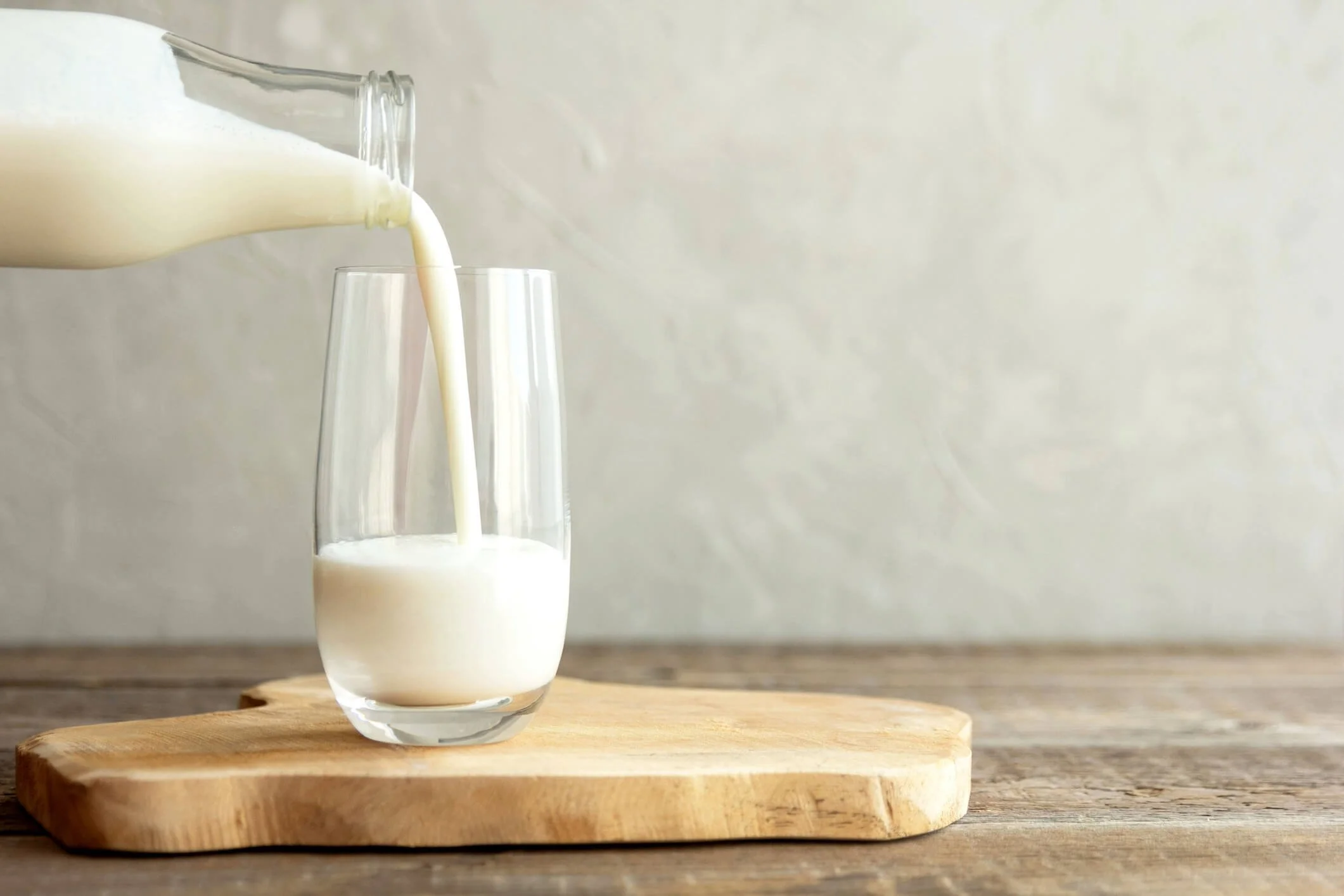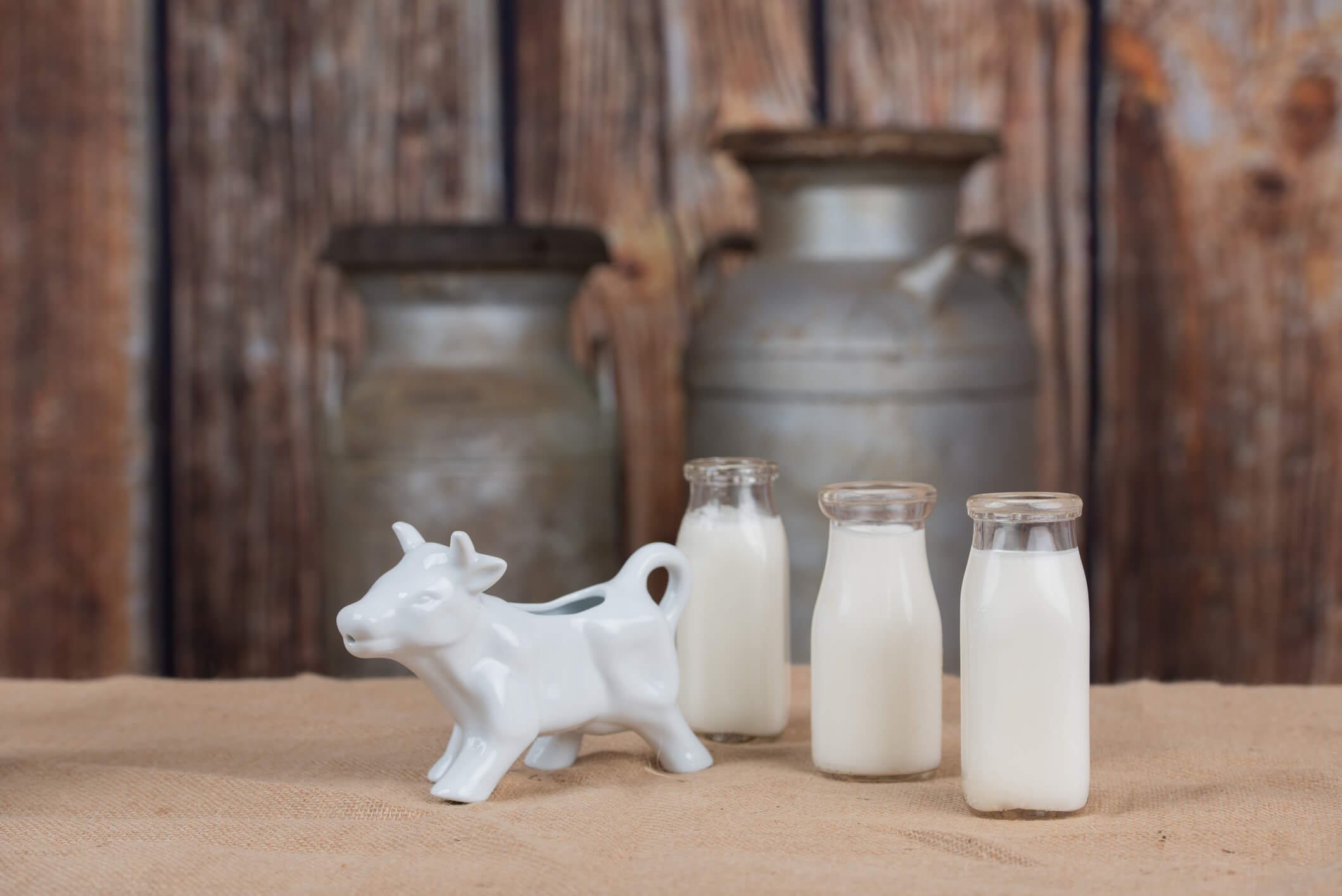Is Raw Milk Safe?
Though I prefer drinking raw unprocessed milk, procuring it is quite a tedious journey as I buy this milk straight from farms. Texan regulations prohibit raw milk producers from selling it in off-site stores.
The reason why there are strict regulations on the sale of raw milk is that these dairy products did not undergo pasteurization, a process where raw milk is heated to at least 161°F for 15 seconds to kill unwanted pathogens.
In 1987 the Food and Drug Administration mandated that all milk and milk products for human consumption must undergo pasteurization before they are offered for commerce. Currently, there are 29 states which include Texas that allow the sale of raw milk. Texas allows only on-farm sales of raw milk. Though a recent regulation has allowed raw milk delivery to customers anywhere in the state.
To sell raw milk in Texas the farmers must have a license from the Texas Department of State Health Services (TDSHS) and that raw milk must be Grade A for the licensing requirements.
Raw milk for me tastes much richer and creamier than pasteurized milk. It has a unique and distinct taste that reflects what the animal is eating which is mostly grass, found in the pastures. And you will not get that quality from conventional milk which tastes a little bland. It is said that once you taste raw milk, you would never go back to conventional commercially available milk.
Drinking Raw Milk (Tag Archive)
Embark on a journey of exploration into the world of raw milk consumption with our tag archive dedicated to "Drinking raw milk." Discover insights, experiences, and more.
Raw milk has been a subject of debate when it comes to safety, but with proper raw milk practice safety, it can be enjoyed responsibly. "Is Raw Milk Safe?" delves into this topic, providing a balanced perspective on the safety of raw milk consumption. It explores the intriguing raw milk French Paradox and the potential health benefits associated with raw milk consumption, offering a nuanced understanding of this controversial topic.
This guide also delves into the comparison between raw milk and UHT milk, shedding light on their differences and similarities and providing a comprehensive view of raw milk and UHT milk comparison. Additionally, it addresses the seasonal nature of raw milk production and its impact on flavor and availability, highlighting the significance of raw milk seasonality.
Furthermore, "Is Raw Milk Safe?" explores the potential benefits of raw milk for athletic performance and compares its attributes with those of raw vs. plant-based milks, offering valuable insights for individuals seeking natural sources of nourishment for active lifestyles. With a focus on informed decision-making and responsible consumption, this guide aims to provide a positive and comprehensive understanding of raw milk safety.
According to the CDC
The Centers for Disease Control and Prevention warns that drinking raw unpasteurized milk will lead to sickness. Among the common illnesses include diarrhea, vomiting, and stomach cramps.
Harmful bacteria in unprocessed milk might lead to Guillain-Barré syndrome which will result in paralysis and Hemolytic Uremic syndrome which will cause kidney failure, stroke, and even death.
People most at risk of drinking raw milk include people 65 years and older, kids 5 years old and younger, and those with weak or weakened immune systems.
Pasteurization kills bacteria such as Listeria and E. Coli which are found in healthy cows. According to CDC, raw milk can get contaminated in different ways:
Germs from the dairy animal’s fecal waste can get into the milk
Germs from the dairy animal’s skin can get into the milk
Germs in the environment (and these include the barn and milking equipment) can get into the milk
The dairy animal’s udder can be infected
The dairy animal can have a disease that can contaminate its milk
Insects, rodents, and other small animals can get into the milk
Unsanitary conditions in the milk processing plant can contaminate the milk,
Cross-contamination from dairy workers can happen—for example, through contact with dirty clothing or boots
Only through pasteurization can these microbes be neutralized and ultimately prevent the contamination of milk.
Uncover the numerous health benefits associated with raw milk by exploring our tag archive on "Health benefits." Learn about the positive impact on nutrition and well-being.
2017 Brucella Outbreak
The dangers of unpasteurized milk were seen in 2017 when seven states were hit by a Brucella outbreak. This was traced to Brucella bacteria found in raw milk that was sourced from a Texas dairy.
Brucellosis is a bacterial infection from Brucella, commonly infected are people that drink unpasteurized milk. Symptoms include fatigue, fever, and joint pain. It is treatable by antibiotics and treatment can last for weeks.
In the 2017 outbreak, a woman was confined in a Texan hospital for weeks with a lab-confirmed case of Brucellosis. The bacteria was traced to originate from K-Bar Dairy Farm in Paradise, Texas.
Apart from Texas, the CDC would receive reports of people falling sick after drinking K-Bar Dairy Farm raw milk; these patients would come from Alabama, Arkansas, California, Ohio, Tennessee, and North Dakota.
In that Brucella outbreak, the CDC again warned people from consuming unpasteurized milk.
From 2013 to 2018 the CDC recorded 75 outbreaks traced to contaminated raw milk. Most of these outbreaks were caused by Campylobacter, Salmonella, and E. Coli. These outbreaks resulted in 675 illnesses and 98 hospitalizations
Health Benefits of Raw Milk (Tag Archive)
Dive deep into the specific health benefits that raw milk offers through our dedicated tag archive, "Health Benefits of Raw Milk." Gain insights into the nutritional advantages and more.
Raw Milk’s Growing Popularity
Many Americans have been seeking more natural, minimally processed foods and these include raw milk. Before pasteurization was invented in the 19th century, people were drinking unprocessed milk. Many people believe that raw milk is healthier than conventional milk as it contains enzymes and nutrients that were dissolved during pasteurization. Also, it contains good bacteria to help clean your gut.
But with the FDA and CDC warnings on consuming raw milk, the safety concerns regarding raw milk can be addressed by getting your milk from reputable sources.
The Texas Department of State Health Services (TDSHS) gives out licenses to raw milk sellers in the state. Before these licenses are given they must comply with stringent requirements. Among these standards include following specific safety and sanitation guidelines.
The two-year TDSHS license requires the sellers to submit their products and facilities for inspection and sampling for quality and the presence of pathogens.
You can visit the TDSHS website to check the list of licensed raw milk sellers in Texas. In this way, you are assured that raw milk is produced using strict sanitation and safety guidelines which greatly lessens the chances of contamination by harmful pathogens.
Looking for hormone free milk? Check out these 5 Texas raw milk dairy farms.





